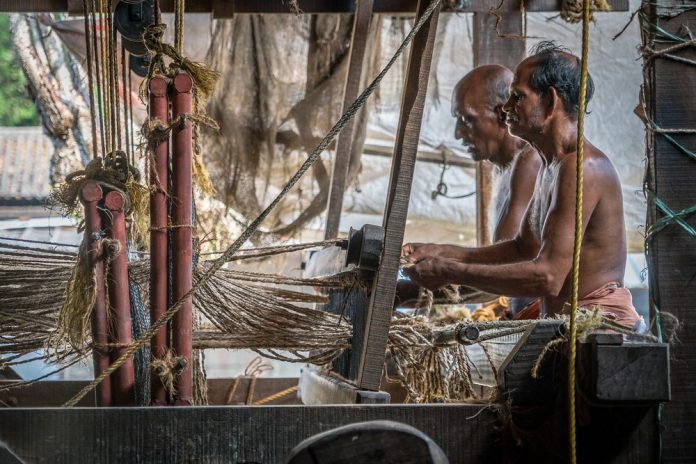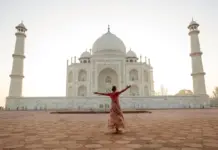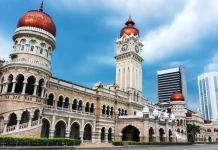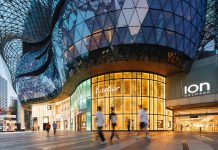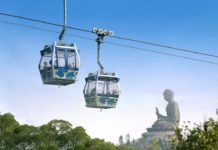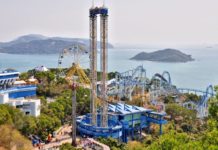I recently took my first trip to India. While we were there, we took in all the sights – as most tourists do. We visited the old town of Kochi and the backwaters of Kerala, but we were also given the chance to meet many people who were going about their daily lives; who work to make a living to support themselves and their families.
- India photos — 27+ reasons why you should visiting India
- Bhyundar valley trekking — Explore the valleys of the flowers of India
- 14+ journey-worthy photos of daily life in Vietnam
- 9 most beautiful temples in India
- Hoi An photo walks — 10+ beautiful photos show the many sides of life in Hoi An, Vietnam
And sure, many people had jobs that were no different than what you would find in Western countries. However, we also met people who were performing jobs you might find nowhere else but in India. Here are some of the people I encountered, and the jobs they perform, while travelling in India’s Kerala.
The outdoor laundry
In Kochi, we visited a massive outdoor laundry. Doing laundry is nothing special, however, the sheer size of this operation, and its outside location, were elements I hadn’t seen before.

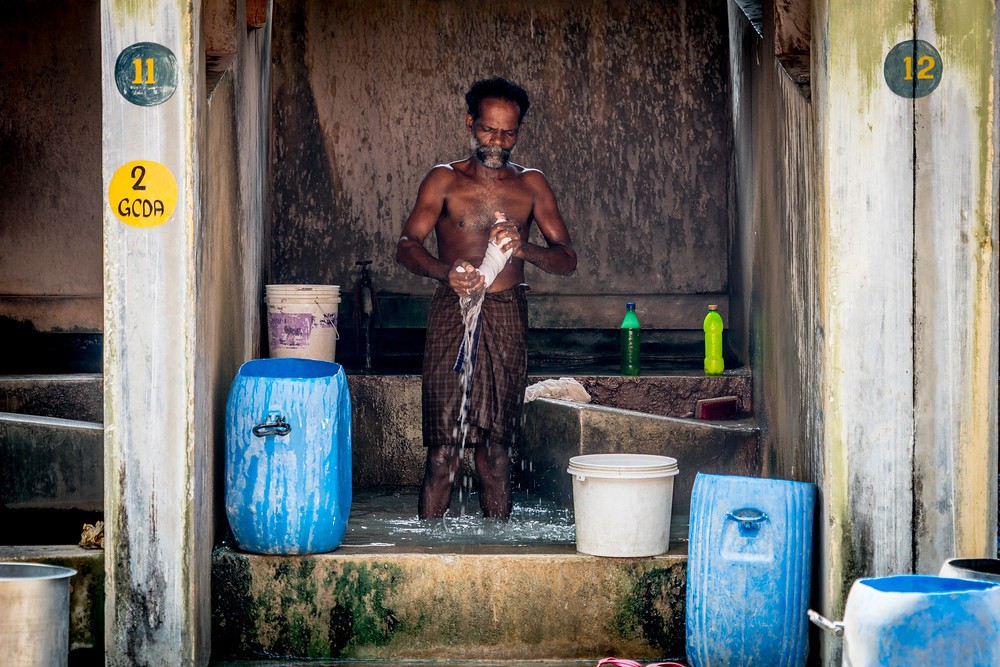
In the laundry facility there were several individual stalls where people were able to work to clean clothes.
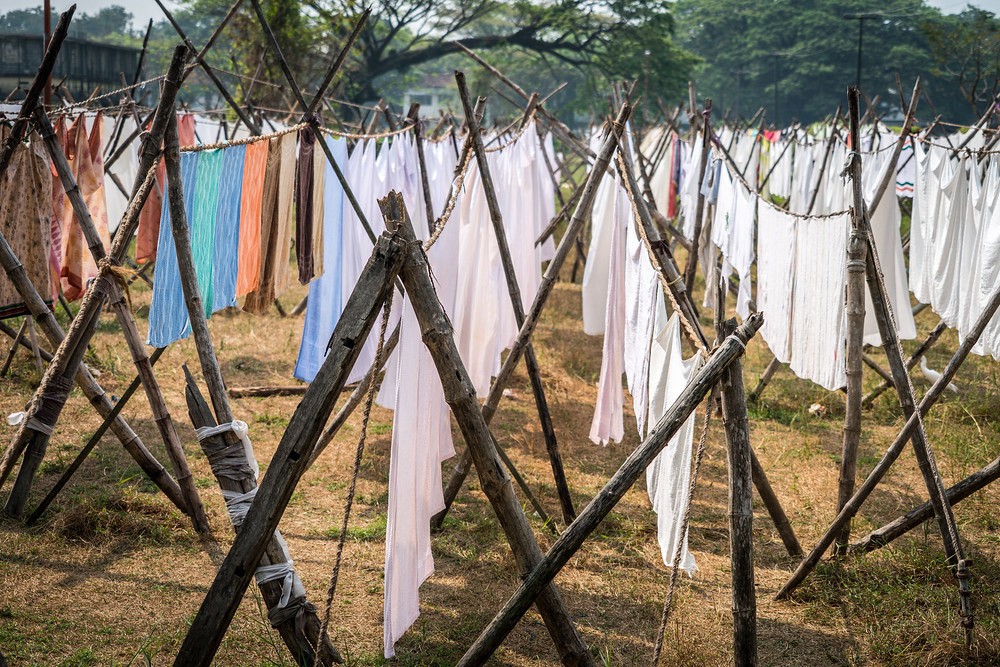
There was no mechanized washing or drying. Everything was washed by hand and air dried. This entire field was taken up by drying clothes, which were able to dry quickly in the tropical sun.
The coir factory
Coir, if you aren’t familiar with it, is the course fibre found inside coconut husks. It is often used for doormats because it is so stiff, yet natural. We paid a visit to a small coir cooperative in Kerala, which did everything from spinning the fibres to creating the final product. (I purchased a doormat and brought it home!)
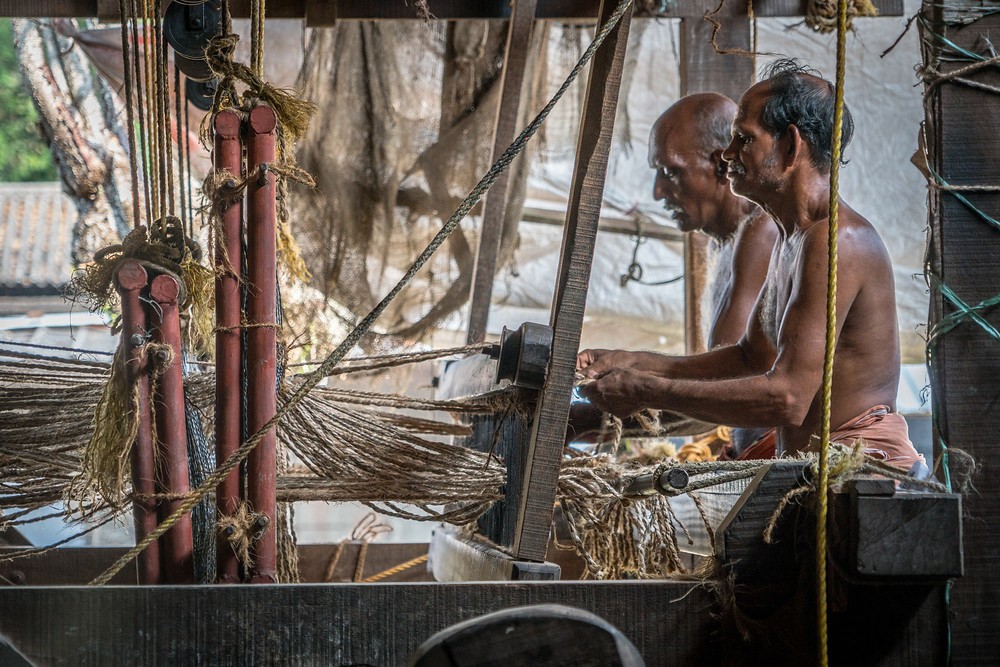
All the looms in the factory were made of wood. They looked as if they had been in use since the 19th century (and very well may have been). There was fundamentally little difference in the production process used today versus what may have been done more than 100 years ago.

Mostly everything in the factory was run by hand. As far as I could see, these were the only machines that were run by anything other than human power.
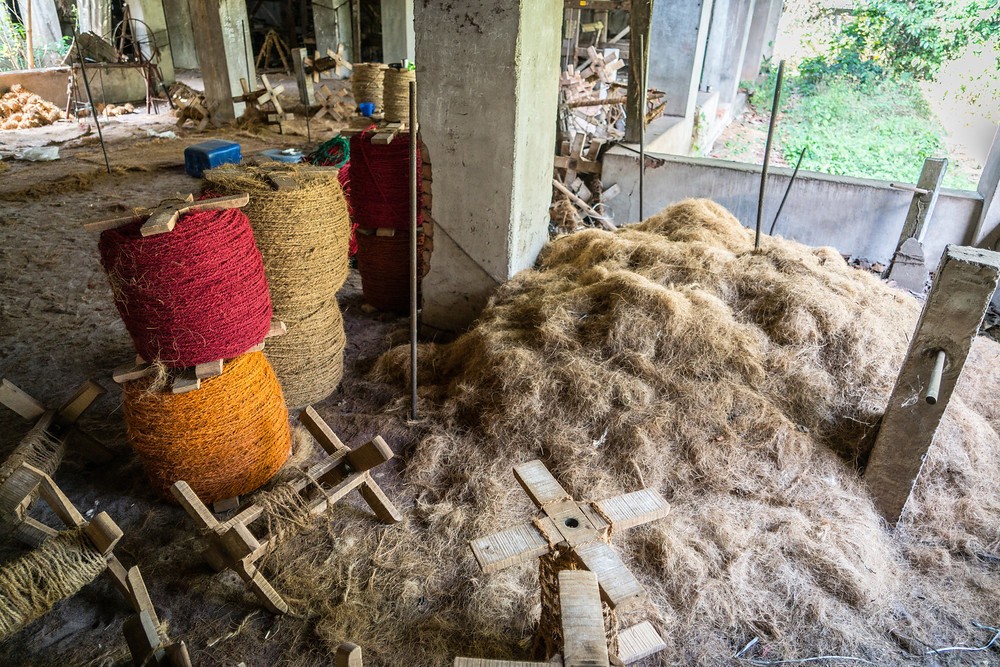
Here, you can see the starting product on the floor, and the refined product on the large spools. Once the coir is spun and wound into rope, it is then woven into mats and other products.The copra factory
The copra factory
Every part of the coconut is used. As seen above, the coir is used to as a textile, but the shell and meat (copra) is used as well.Here
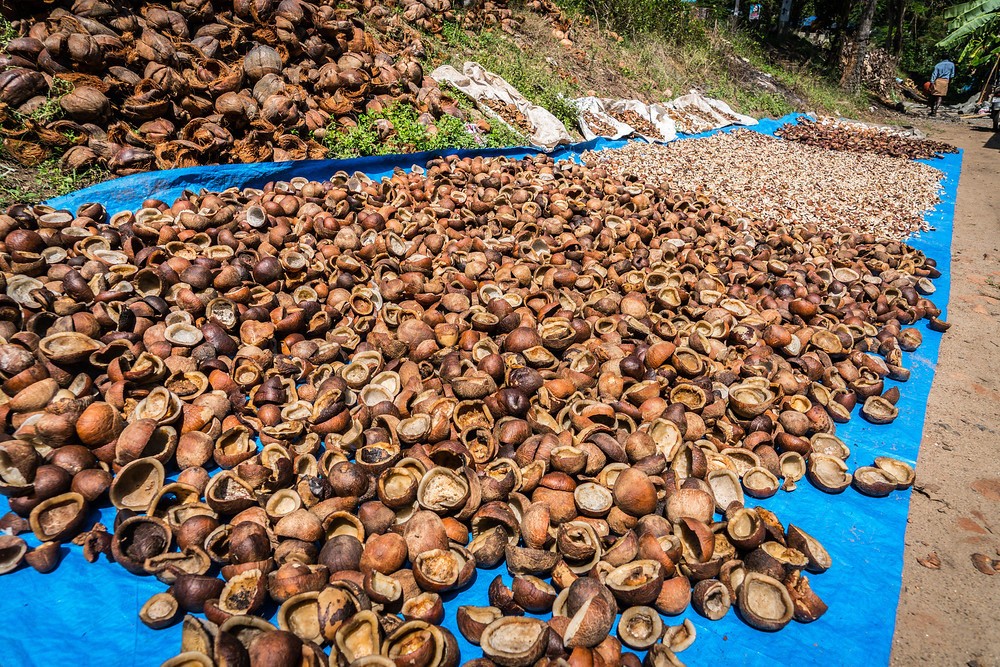

The meat of the coconut is used to extract coconut oil. It is placed in a (very old) mechanical press that extracts the oil from the coconut meat. Once extracted of its oil, the used copra can be used as animal feed.A fine line of oil during the extraction process.

The amount of oil extracted seems quite small in comparison to the amount of coconut going in. However, the value of the oil is much higher than the original product.
Clam fishing
During one of our special National Geographic experiences, we visited some clam fishermen in Kerala. The process was not at all what I expected, and showed a surprising amount of ingenuity in the processing of the molluscs.
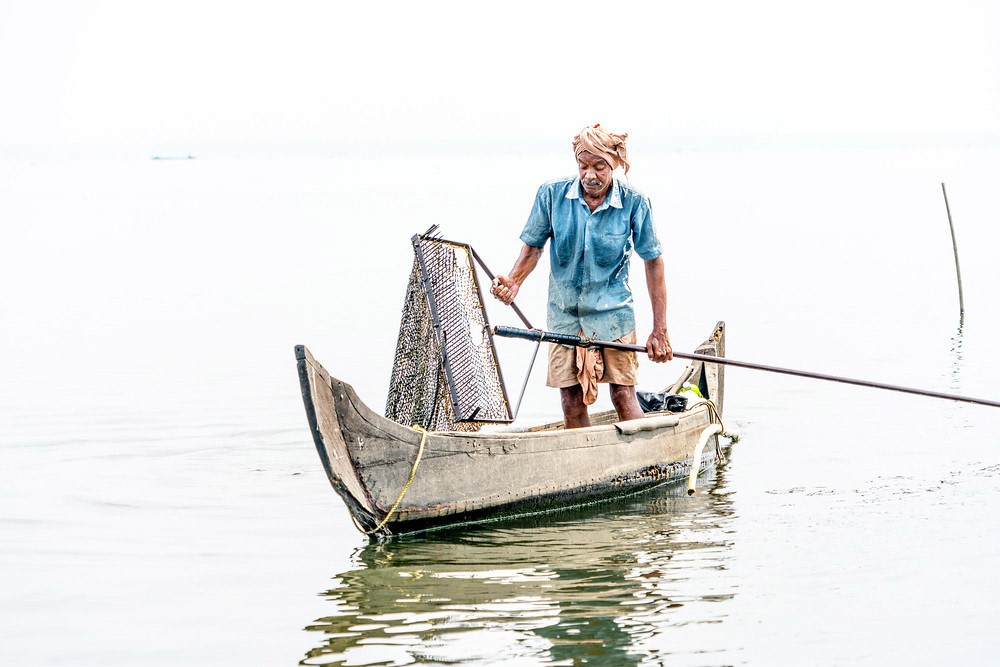
The process starts with getting clams out of the water. The fishermen use a device that looks like a rake with a large net attached to it on a very long pole. They then place the rake in the mud at the bottom of the lake, and scoop up the clams.
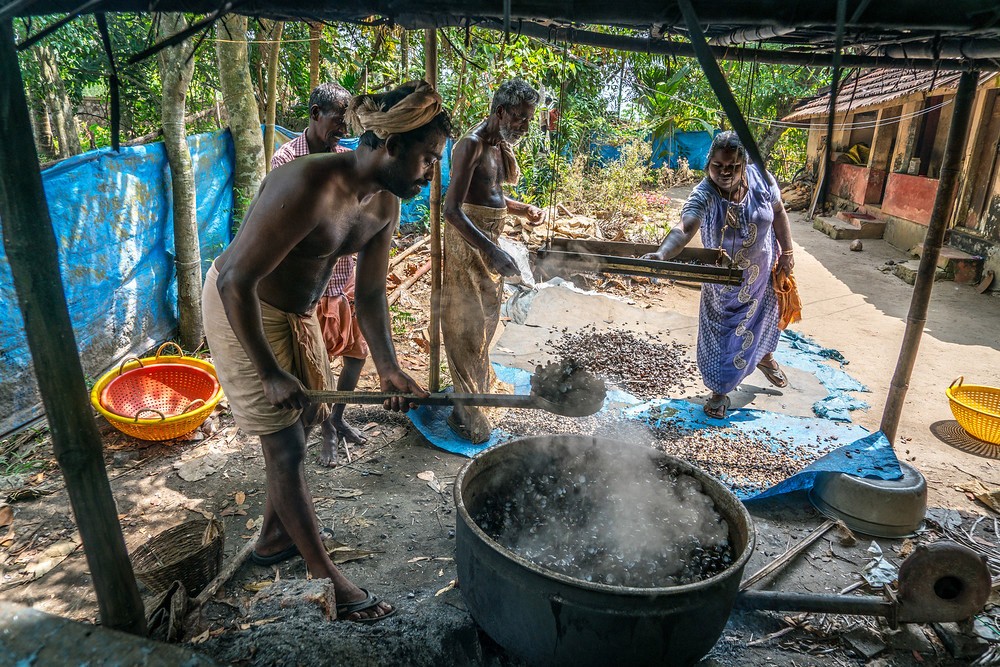
The clams they were harvesting were quite small, the size of zebra mussels, and I wasn’t entirely sure how they would extract enough meat out of such small creatures. The solution was quite simple. To start, they heated the clams in a giant pot, which pried open the two halves of the shell.Shaking the meat loose from the shells.
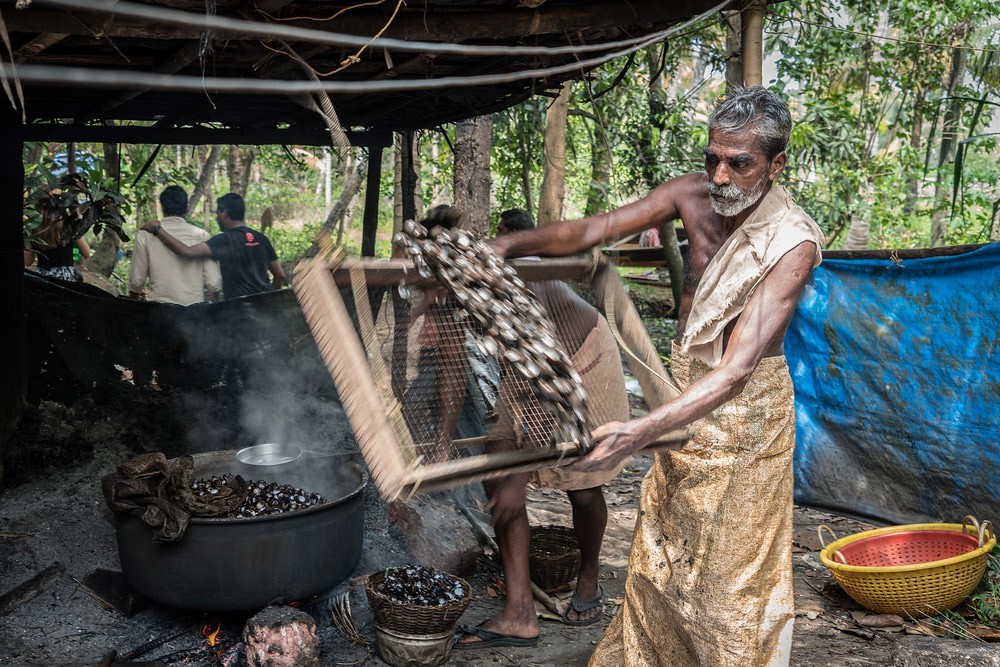
The final step was placing the opened, heated clams into a giant sifter. The sifter would shake loose the meat, which would then fall through the holes and be collected on a tarp. Brilliant!
The fish market
Like many coastal communities around the world, Kerala has a fishing fleet and fish markets. While there are many similarities to fish markets around the world, there are some things that are unique to Kerala.
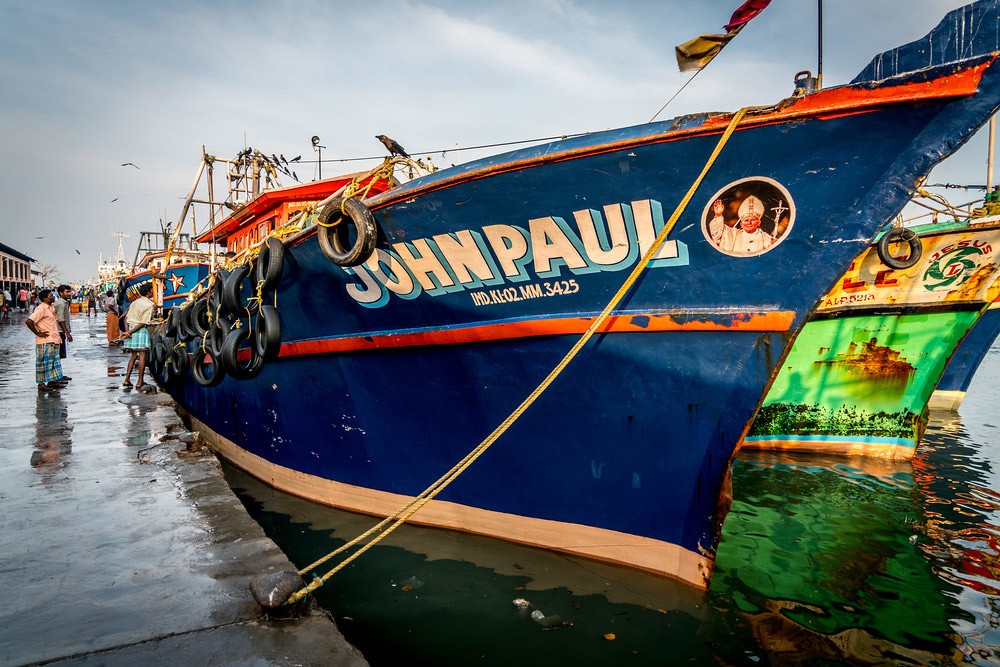
While most of India is Hindu or Muslim, there is a significant population of Christians in Kerala. Many of the boats were named after Christian themes. India is probably not where most people would expect to see a boat named after a Polish pope!Rows of fish stacked on

Where we were used to seeing more simple methods in many of workplaces we visited, the fish market used modern techniques of refrigeration and cooling.
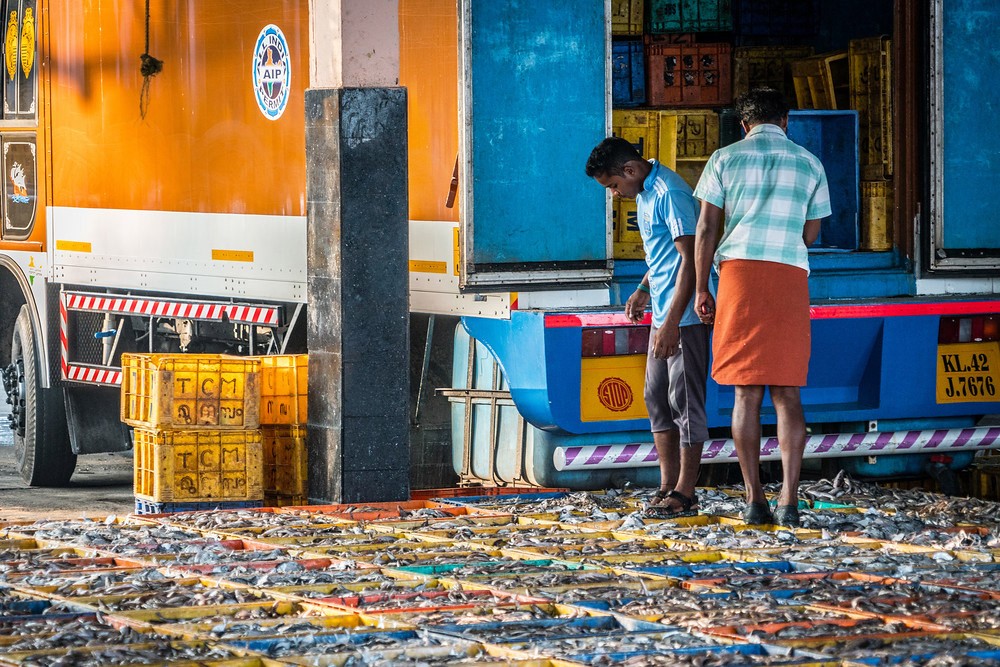
Once the morning’s catch has been brought in, it’s shipped by truck to markets and restaurants all over Kerala.
Travel isn’t just about seeing UNESCO World Heritage sites and historical attractions (although I do enjoy doing that), it’s also about seeing how people from other cultures and other places live and work. I’m sure we only scratched the surface of the variety of occupations in which people of Kerala are employed, but what I did see was a unique look at life and one I am grateful to have had the chance to experience.
Read more India travel guide at here.































![10 best airports in Asia in 2016 [RANKED] kuala-lumpur-international-airport-best airports in asia in 2016 by skytrax ratings](https://livingnomads.com/wp-content/uploads/2016/08/29/kuala-lumpur-international-airport-best-airports-in-asia-in-2016-by-skytrax-ratings-218x150.jpg)








